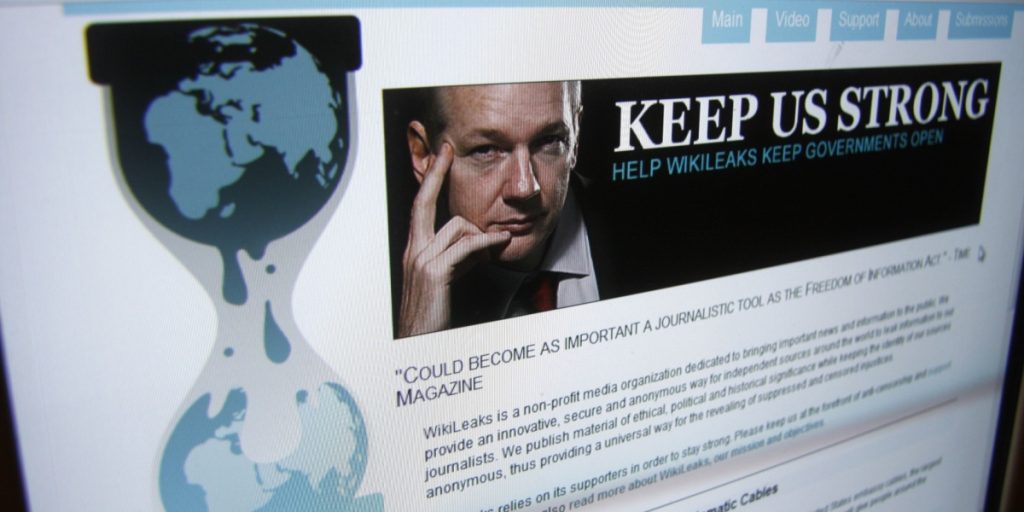A complete timeline from WikiLeaks’ groundbreaking document release to the ongoing extradition saga.
Others are reading now
2006
-
December – Assange founds WikiLeaks in Australia. The group begins publishing sensitive or classified documents.
2010
-
June – WikiLeaks publishes almost half a million classified documents, predominantly relating to the U.S. wars in Iraq and Afghanistan.
-
August – Swedish prosecutors issue an arrest warrant for Assange based on one woman’s allegation of rape and another’s allegation of molestation. The warrant is withdrawn shortly afterward, with prosecutors citing insufficient evidence for the rape allegation. Assange denies all allegations.
-
September – Sweden’s director of prosecutions reopens the rape investigation. Assange leaves Sweden for Britain.
Also read
-
November – The Swedish police issue an international arrest warrant for Assange.
-
December – Assange is arrested in the United Kingdom but is later released on bail.
2011
-
February – District court in Britain rules Assange should be extradited to Sweden.
2012
-
June – Assange enters Ecuadorian Embassy in central London, seeking asylum on June 19, after his bids to appeal the extradition ruling failed. Police set up round-the-clock guard to arrest him if he steps outside.
-
August – He is granted asylum by Ecuador and remains in the London embassy.
2015
-
March – Swedish prosecutors request to question Assange at the Ecuadorian embassy.
-
August – Swedish prosecutors drop investigations into some allegations against Assange due to the statute of limitations. However, the rape investigation remains active.
-
October – The Metropolitan Police end their 24-hour guard outside the Ecuadorian embassy, stating they will arrest Assange if he leaves. This concludes a three-year police operation that cost millions.
2018
-
September – The President of Ecuador announces that his country and Britain are seeking a legal solution to allow Assange to leave the embassy.
-
October – Assange files for a court injunction demanding Ecuador to uphold basic rights promised at the time of granting him asylum.
-
November – A US court filing, mistakenly exposed, suggests the existence of a sealed criminal case against Assange. However, details remain unconfirmed.
2019
-
April – Ecuadorian President Lenin Moreno accuses WikiLeaks of leaking corruption allegations against him. Consequently, Ecuador revokes Assange’s asylum status. London police arrest Assange at the embassy for breaching bail conditions in 2012 and on behalf of US authorities, leading to his detention in Belmarsh prison.
-
May – Assange receives a 50-week prison sentence for skipping bail in 2012.
-
June – A US grand jury “expands the scope” of charges against Assange, including allegations of conspiring with hackers to source information for WikiLeaks.
-
November – The Swedish prosecutor discontinues the rape investigation against Assange.
2021
-
January – A judge rules that Assange cannot be extradited to a US prison due to the risk of suicide. This decision is later overturned.
-
July – The High Court grants the US government permission to appeal the lower court’s ruling blocking Assange’s extradition.
-
December – Assange’s lawyers initiate the process for a Supreme Court appeal against extradition to the US.
2022
-
January – Assange wins the first phase of the Supreme Court appeal.
-
March – He is denied permission to appeal against the British High Court’s 2021 decision.
-
April – Britain’s government issues a formal extradition order for Assange to the US.
-
July – He appeals to the High Court.
2024
-
February – Assange’s lawyers launch a final legal bid to stop his extradition at the High Court.


